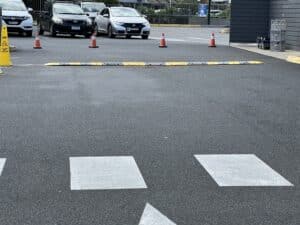

How Speed Humps Improve Pedestrian and Cyclist Safety
In both suburbs and cities, the well-being of pedestrians and cyclists is always a priority. Proper solutions to ensure vulnerable users are safe are more necessary than ever as traffic congestion and volumes continue to rise. Among such items that can make a big difference in enhancing the safety of bikes and pedestrians is a speed bump. By slowing down vehicles and allowing cyclists and pedestrians to move more easily through congested areas, speed bumps enhance road safety for everyone.
Speed bumps are a crucial component of the improvement of road safety for pedestrians and bikes. They are not difficult to install and are effective.Other complementary road safety products are rumble bars, wheel stops, and rubble strips which can work in tandem with speed humps to enhance safety even further.
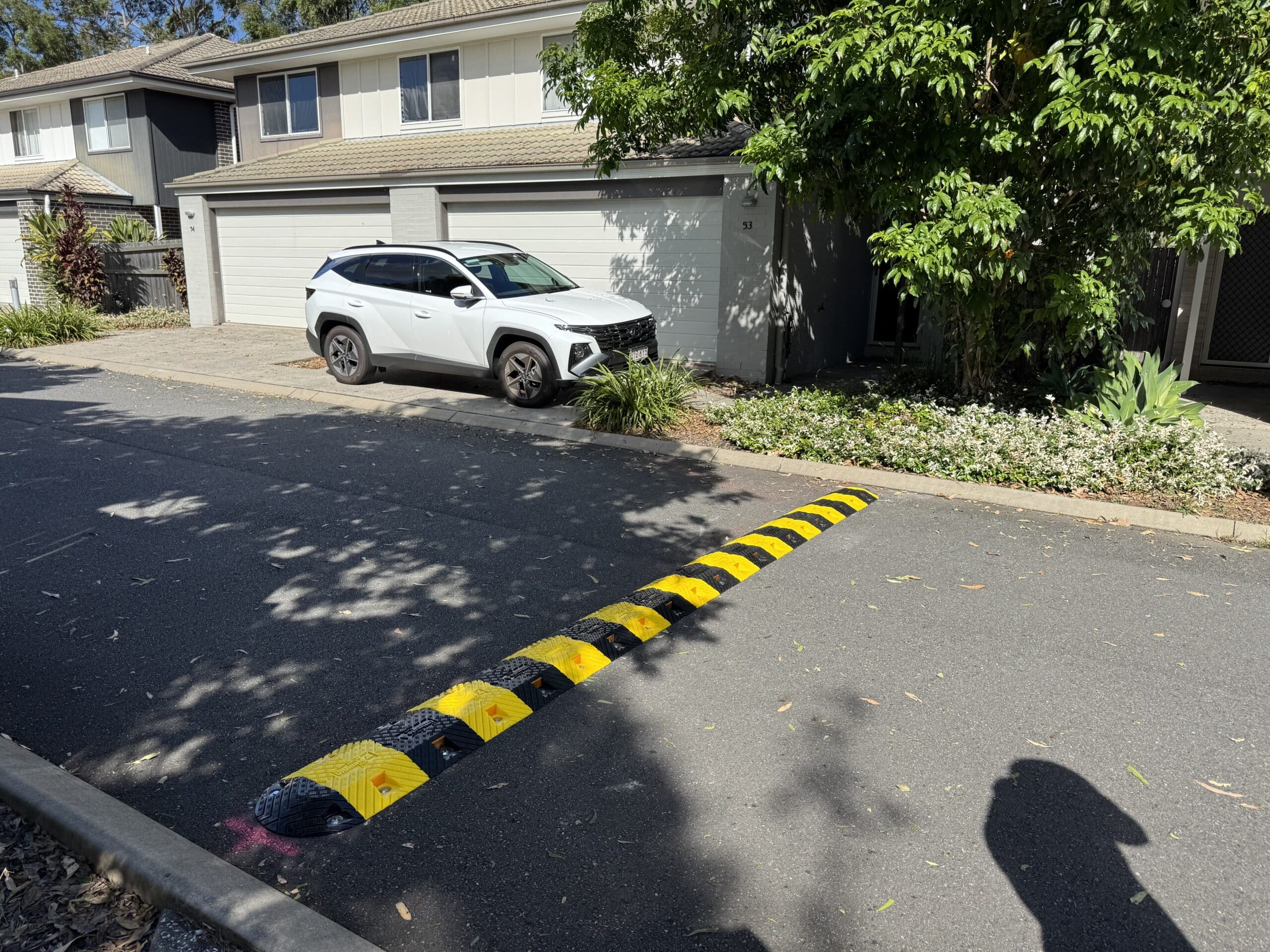
Commonly referred to as traffic calming devices, speed bumps are raised areas along the road that force vehicles to slow down. They are often built where there is high pedestrian traffic, such as in schools, shopping centers, parks, residential neighborhoods, and bike paths. By ensuring that automobiles do not go at high speeds or trespass into bike paths, they mainly act to reduce speed and enhance pedestrian protection.
Drivers have to reduce speed when speed bumps are installed and designed appropriately. By reducing the probability of crashes caused by speeding vehicles, speed bumps render pedestrian crossings safer in high-risk locations, like crowded intersections or near mass transit stops. By lowering the frequency of accidents caused by speeding vehicles, speed bumps make walking at dangerous places safer for pedestrians, such as in crowded intersections or near transportation stations.
Moreover, speed bumps encourage safer driving habits. Drivers are more careful and aware of their environment when they encounter a speed bump, which makes them more aware of pedestrians. Moreover, speed bumps warn cars about the presence of more foot traffic in the area, which makes them more vigilant.
Cyclists, as pedestrians, are vulnerable road users who tend to be at risk when sharing the road with motor vehicles. In most instances, cyclists have to use roads with high-speed traffic, and thus they are prone to accidents due to inattentive drivers or speeding drivers. Speed humps can be a good solution to improve cyclist safety by reducing vehicle speeds and providing a more predictable and safer environment for cyclists to ride through.
Besides slowing down the speed of motor vehicles, speed humps give cyclists a better sense of traffic speeds. By slowing down because of speed humps, drivers make it easier for cyclists to predict what they will do and ride more cautiously. Further, slowing down motor vehicles increases the time cyclists have to respond to hazards, either a car door opening suddenly, a pedestrian about to cross the road, or some other unexpected barrier.
But it should be observed that speed humps could be problematic for cyclists, particularly if the speed humps are not constructed with regard to cyclist safety. Speed humps with excessive height, slope, or with poor maintenance would be challenging for cyclists to traverse, which could result in accidents. Therefore, speed humps must be placed with regard to cyclist safety. Speed Humps Australia, for example, creates and installs speed humps in a manner that is safe for everyone on the road, protecting pedestrians as well as cyclists.
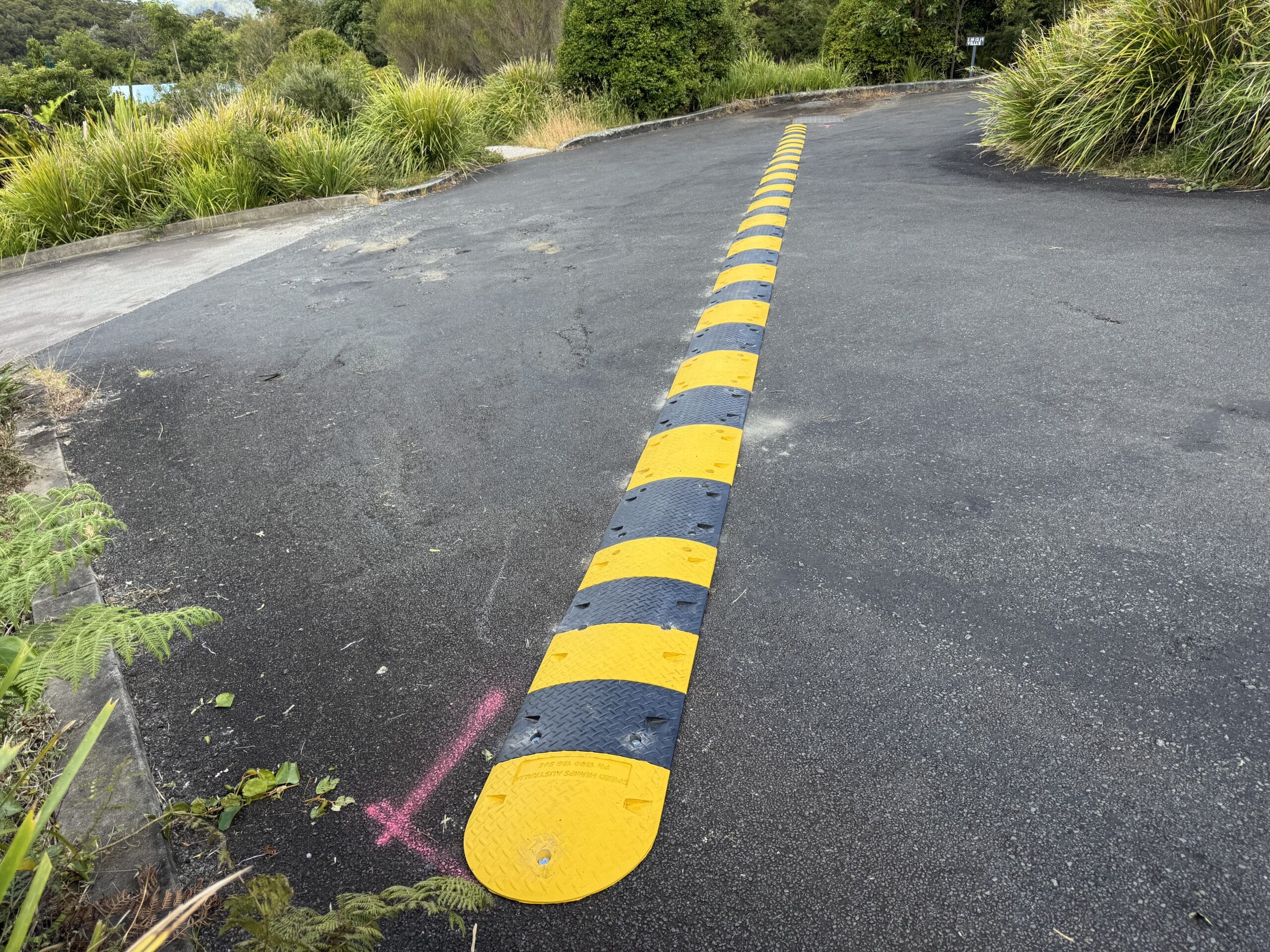
One of the most prevalent myths regarding speed humps is that they have a negative effect on traffic flow, leading to congestion and delays. Although it is true that speed humps slow down traffic, they are actually designed to slow traffic in specific locations without causing major bottlenecks in traffic. Well-designed speed humps can ensure an efficient flow of traffic while still ensuring safety. We refer to this as traffic calming.
Slowking down traffic within busy areas, speed humps discourage hazardous speeding and minimize chances of accidents occurring. They neither aim to totally stop traffic movement. Strategically positioned, speed bumps establish a safe area with minimal interference within the general circulation of traffic.
In addition, speed bumps reduce the risk of accidents in dangerous spots by forcing drivers to drive slower and become more alert and watchful for pedestrians and cyclists. This is especially useful in regions where pedestrians and cyclists regularly ride or walk along the road alongside motor vehicles. At reduced speeds, there is greater potential for road users to respond to one another and avoid accidents.
Speed humps are not the only answer to pedestrian and cyclist safety. A number of other road safety treatments can be added to speed humps and further enhance the safety of vulnerable road users. These include wheel stops, rubble strips, and rumble bars, which can be included into road safety measures to improve cycling and pedestrian safety.
Together, when deployed, speed humps, rumble bars, wheel stops, and rubble strips form an efficient safety system benefiting pedestrians and bikers alike. The elements seamlessly interact to cut down on driving speeds, elevate driver consciousness, and make roadways safer for all.
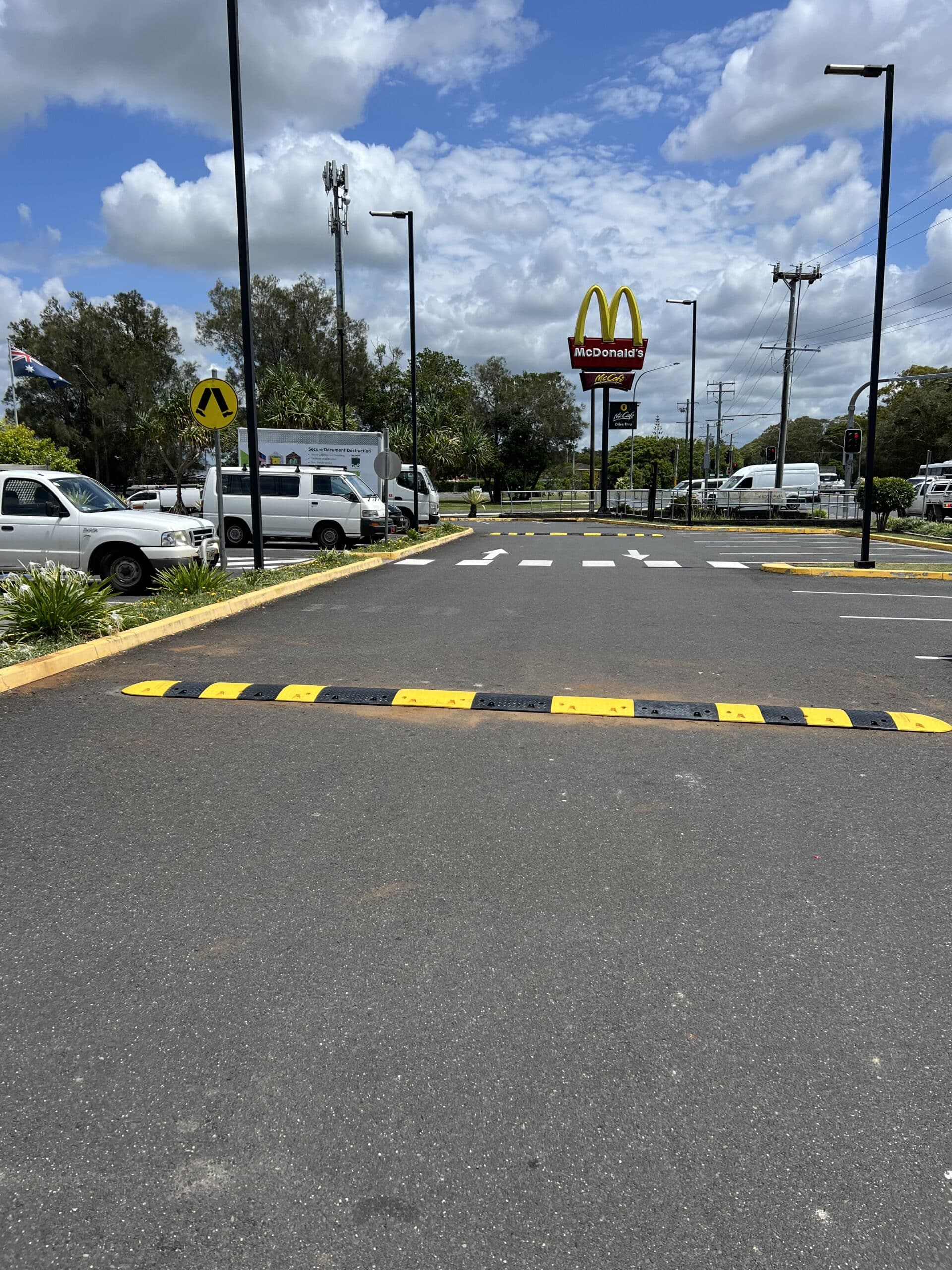
In order for speed humps to be effective, they have to be properly installed. Ineffectively designed or incorrectly positioned speed humps tend to do more harm than good, possibly creating danger for cyclists or pedestrians. Ensuring they are safe and effective requires working with experienced professionals who know the appropriate design and location of speed humps, like Speed Humps Australia.
Besides correct installation, regular inspection and maintenance is required. Speed humps should be inspected regularly to ensure they are in good condition and not dented or worn out. A defective speed hump can be a safety hazard, especially for cyclists who may struggle to cross over rough or uneven roads. Correct maintenance ensures that speed humps are effective and play the desired function, offering pedestrians and cyclists long-term security benefits.
Speed humps are an easy yet effective measure to enhance pedestrian and cyclist safety on the roads. Speed humps enable pedestrians and cyclists to travel easily and safely on busy roads by reducing the speed of vehicles, decreasing the risk of accidents. Speed humps offer an extensive system to protect vulnerable road users when combined with other safety features such as rumble bars, wheel stops, and rubble strips.
Speed Humps Australia is committed to providing quality speed humps and other traffic calming solutions that enhance road safety for all drivers. Our equipment is made to make pedestrians and bikers safe while ensuring that traffic moves in a smooth manner. Speed humps, when correctly installed and well-maintained, can help enhance road safety for all road users.

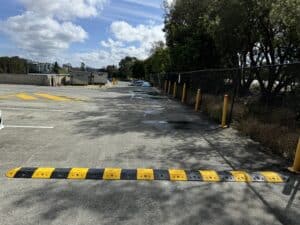

For 10 years, our focus has been on one thing: to provide one style of product and to do it well.
Our wheel stops, speed humps and rumble bars meet Australian Standards, don’t fade, and we’ve never needed to replace one.

For 10 years, our focus has been on one thing: to provide one style of product and to do it well.
Our wheel stops, speed humps and rumble bars meet Australian Standards, don’t fade, and we’ve never needed to replace one.